The Gift of South Dakota
Subscriptions to South Dakota Magazine make great gifts!
Subscribe today — 1 year (6 issues) is just $29!
Rediscovering the Spirit of Exploration
May 28, 2013
On a sweltering August day in 1804, Lewis and Clark led a small group of men from their camp near the Missouri River on a nine mile hike northward into the prairie. Their destination was Spirit Mound, the last hill on the extreme end of Turkey Ridge in southeast South Dakota. In the early 1800s, the names Turkey Ridge and South Dakota were yet to be, however, the Spirit Mound was well known among the Plains Indians in the region. Strange stories about the inhabitants of the hill enticed the explorers to make the journey.
Clark’s journal records, “... and by the different nations of Indians in this quarter is suppose to be the residence of Deavels. That they are in human form with remarkable large heads, and about 18 inches high, that they are very watchful and are arm'd with sharp arrows with which they can kill at a great distance; they are said to kill all persons who are so hardy as to attempt to approach the hill; they state that tradition informs them that many Indians have suffered by these little people. So much do the Maha [Omaha], Soues [Sioux], Ottoes [Otoes] and other neighboring nations believe this fable, that no consideration is sufficient to induce them to approach the hill. (DeVoto 1997, 22).
The expedition did not find the little devils of the legends but they did see a vast array of wildlife and beauty as they gazed in all directions from the top of the hill. Today, Spirit Mound is one of the few remaining physical features on the Upper Missouri River that is readily identifiable as a place Lewis and Clark visited and recorded. Nowadays it is surrounded by fertile farmland and bordered by SD Highway 19 to the east. At the southeast corner of the park, there is a trailhead to the summit with interpretive signs along the way describing not only the historical facts surrounding the mound, but also the recent efforts to restore the prairie at the base of the hill to what it once was.
Clark’s journal went on to reason that one of the factors that may have contributed to the stories surrounding Spirit Mound was that there always seemed to be a large assemblage of birds about the hill. That is still true today. From red-wing blackbirds to dickcissels and warblers to meadowlarks, the place is full of birdsong, especially in the evening.
Spirit Mound is located along one of the main highways of migrating Monarch butterflies. Every year as summer wanes, Jody Moats, a biologist with Adams Nature Preserve, conducts butterfly tagging expeditions in the small tree patch located just below the southeast shoulder of the hill. The butterflies gather to roost just before sunset. Those that are caught are gently tagged on the wing in order to study their journey as well as survival rates. Their final destination is Mexico, where it stays just warm enough in the winter for them to survive and start the whole migration over again.
Wildflowers also abound along the hiking trail to the summit. I’ve hiked the mound numerous times in high summer and always find beautiful colors along the way. From maximilian sunflowers to bright orange butterfly milkweed, it is a great place to take out a macro lens and explore. When you think about it, exploration is what places like this are all about. If you are like me, it is hard not to wonder what the landscape really looked like when Lewis and Clark climbed the hill. Time may have changed the view, but as I wander the hiking trail along the hillside, I can’t help but think that the spirit of exploration still lives on at Spirit Mound.
Christian Begeman grew up in Isabel and now lives in Sioux Falls. When he's not working at Midcontinent Communications he is often on the road photographing our prettiest spots around the state. Follow Begeman on his blog. To view Christian's columns featuring other unique spots in South Dakota's landscape, visit his landmarks page.


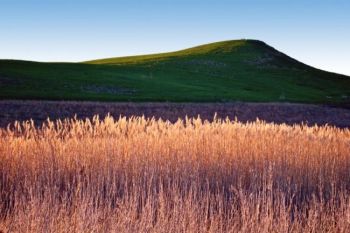
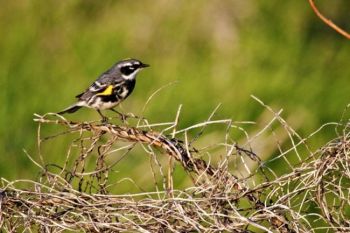
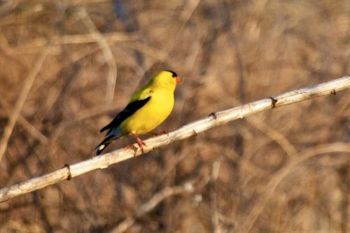
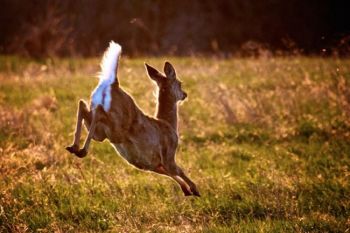
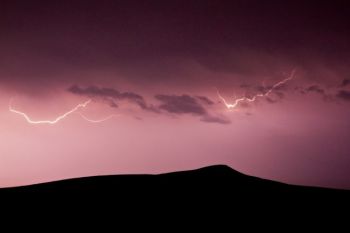
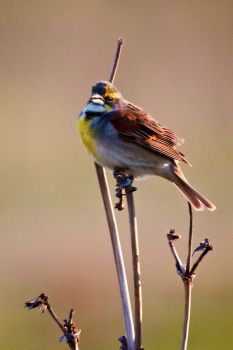
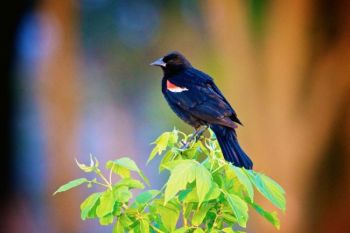
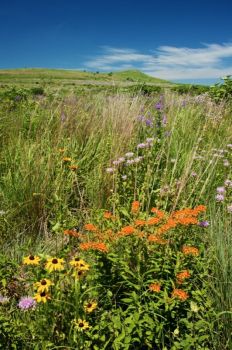
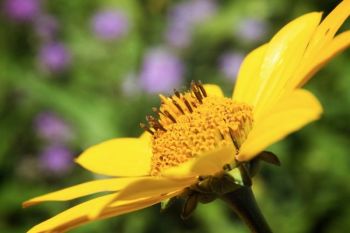
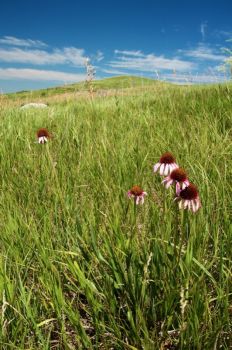

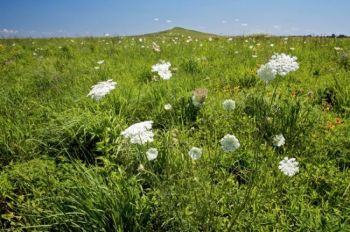
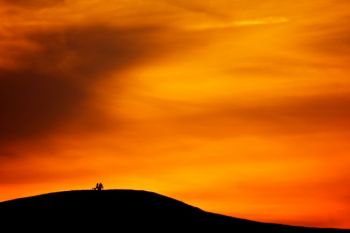
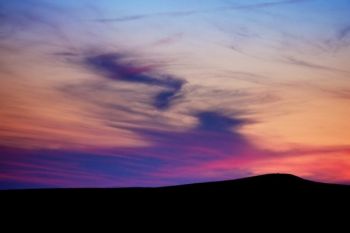
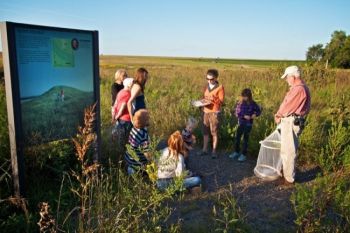
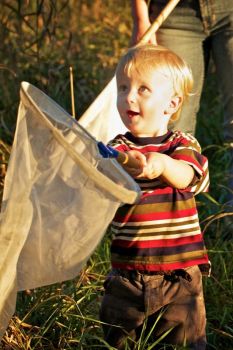
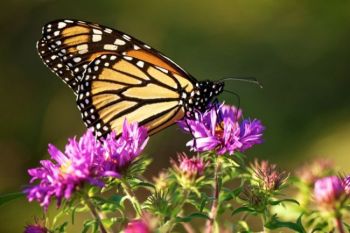
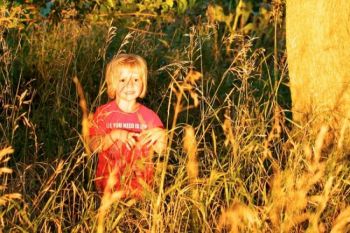

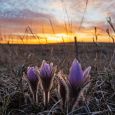

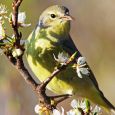
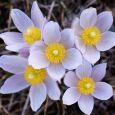
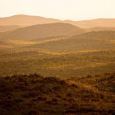


Comments